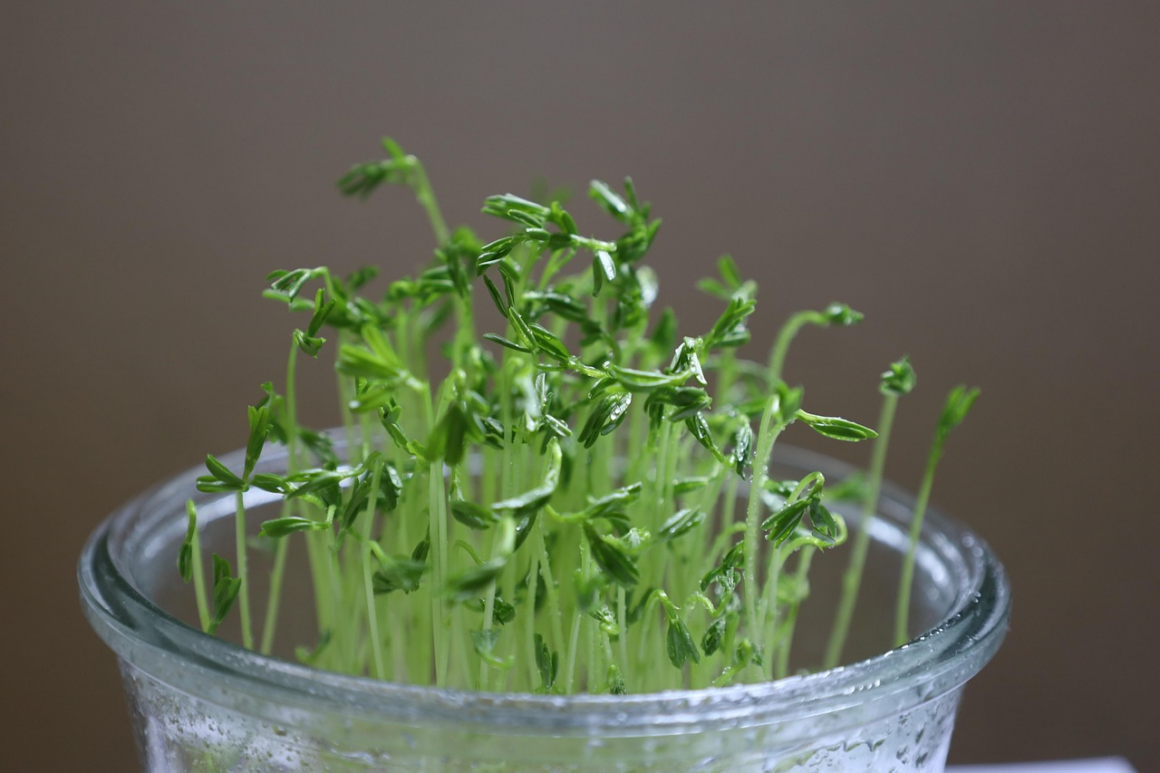Growing mini greens, also known as microgreens, is a simple and cost-effective way to access superfoods in your home. Nature’s nutritious little green wonders develop quickly, and you don’t need much space to grow them. This is ideal for people who don’t have the space for conventional gardening.
But despite all the benefits, first-time growers are prone to several mistakes when growing them. Do you want to get more out of your mini green growing? These are the common mistakes to avoid when growing mini greens.
1. Being Overly Ambitious
People often choose to start with the more challenging microgreens, thinking they are all easy to grow. The truth is, although mini greens are easy to grow, and require little human interference, some are more beginner-friendly than others.
How to Avoid It
If you’re a true beginner opt for pea or sunflower microgreens seeds. These are user-friendly choices for new growers. Or ask mini greens experts for a recommendation. Once you’ve harvested a few crops and gained more experience, you can choose more challenging ones like amaranth.
2. Not Sterilizing Equipment
Have you reached for old seedling trays from your garden shed and used them for growing your mint greens? While this is not a problem in itself, it can become one if you don’t clean it first. The same goes for gardening tools used to harvest your mini greens once they have grown.
How to Avoid It
Growing and harvesting mini greens requires sanitary conditions. This prevents bacteria, microbes, and contaminants from entering your mini greens crop, ensuring vibrant mini greens crops that are healthy to eat.

Always use clean growing trays for mini greens. Use clean hands and sterilized scissors when cutting greens at harvest time. Clean the microgreen growing containers again after harvesting crops and before reseeding.
Do you need some tips on proper gardening tool care? Check out our guide to storing gardening equipment.
3. Clumping Too Many Seeds Together
Microgreens are full of essential nutrients our bodies need, and they can be grown successfully in small spaces. They’re even been identified as the solution to NASA astronauts’ nutritional needs on long-duration spaceflight missions!
But although they can be grown in small spaces, they still need enough space to grow in their growing trays. Clumping too many seeds together is a very common mistake, which can lead to all sorts of problems with your mini greens.
The top layer will germinate, but the bottom layers may develop root rot and other fungal diseases.
How to Avoid It
Although they are meant to be closely grown together, seeds should not be too tightly packed on top of each other.
Ensure that microgreen seeds are not too densely packed into the growing medium. Aim to space them about ⅛ to ¼ of an inch (3.175 to 6.35 millimetres) apart. A lower seeding density is always safer than overseeding. With time and practice, you’ll find the perfect spacing technique.
4. Misidentifying Root Hairs
Root hairs are tiny. Hair-like extensions of root cells that improve water absorption. They appear around the roots and look like fuzzy, white hair. Unfortunately, to the untrained eye, they can look similar to mold. This has caused inexperienced growers to unnecessarily discard entire crops.
How to Avoid It
Learn how to identify root hairs. Closely examine the white fuzz at the bottom of your mini greens growing container. Root hairs are found at the roots and are always bright white with a uniform texture.

Mold, on the other hand, is white, brown, or black, and typically spreads unevenly over the entire area. It has a powdery texture, but can also be slimy with a foul odor. If your mini greens are covered in mold, discard the batch. They will not be safe to eat.
5. Overwatering Growing Trays
Growing your organic food like mini greens is an integral part of a sustainable lifestyle. But so is water conservation, and when it comes to this precious resource, every drop counts. Unfortunately, overwatering is one of the top mistakes growers make.
This is not just a common mistake when growing microgreens. It is also the number one killer of houseplants, as overwatering can lead to root rot and mold. So, if you know you are prone to overwatering your houseplants, pay close attention. You may just make the same error with mini greens.
How to Avoid It
Water your microgreens from the top with a light spray during the germination phase. Switch to watering from the bottom during the vegetative phase or from when plants are about an inch tall. Are you growing your mini greens in soil? Ensure the growing tray has drainage holes and that these are not blocked.


